Embroidery, once forgotten by everyone, is gaining popularity again. This ancient type of needlework once showed how ready a woman was for a wedding, how she felt about housekeeping. Today, people often resort to automatic embroidery using production machines. They can perfectly make a drawing of absolutely any complexity and spend much less time than a person. This material will consider various patterns for cross stitching and more. It will also tell you what ornaments and patterns are popular for cross stitching.
Possibilities of embroidery patterns
Nowadays, when technical progress is developing at cosmic speed, a pattern can be made on any type of fabric and on any item, be it clothing, linen, decorative element or other accessory. New technologies make it possible to create automatic embroidery of the highest quality on special machines. Any embroidery, ornament - are available to modern machines, and almost any fabric and linen will do the job. Even knitwear can be turned into a beautiful picture.
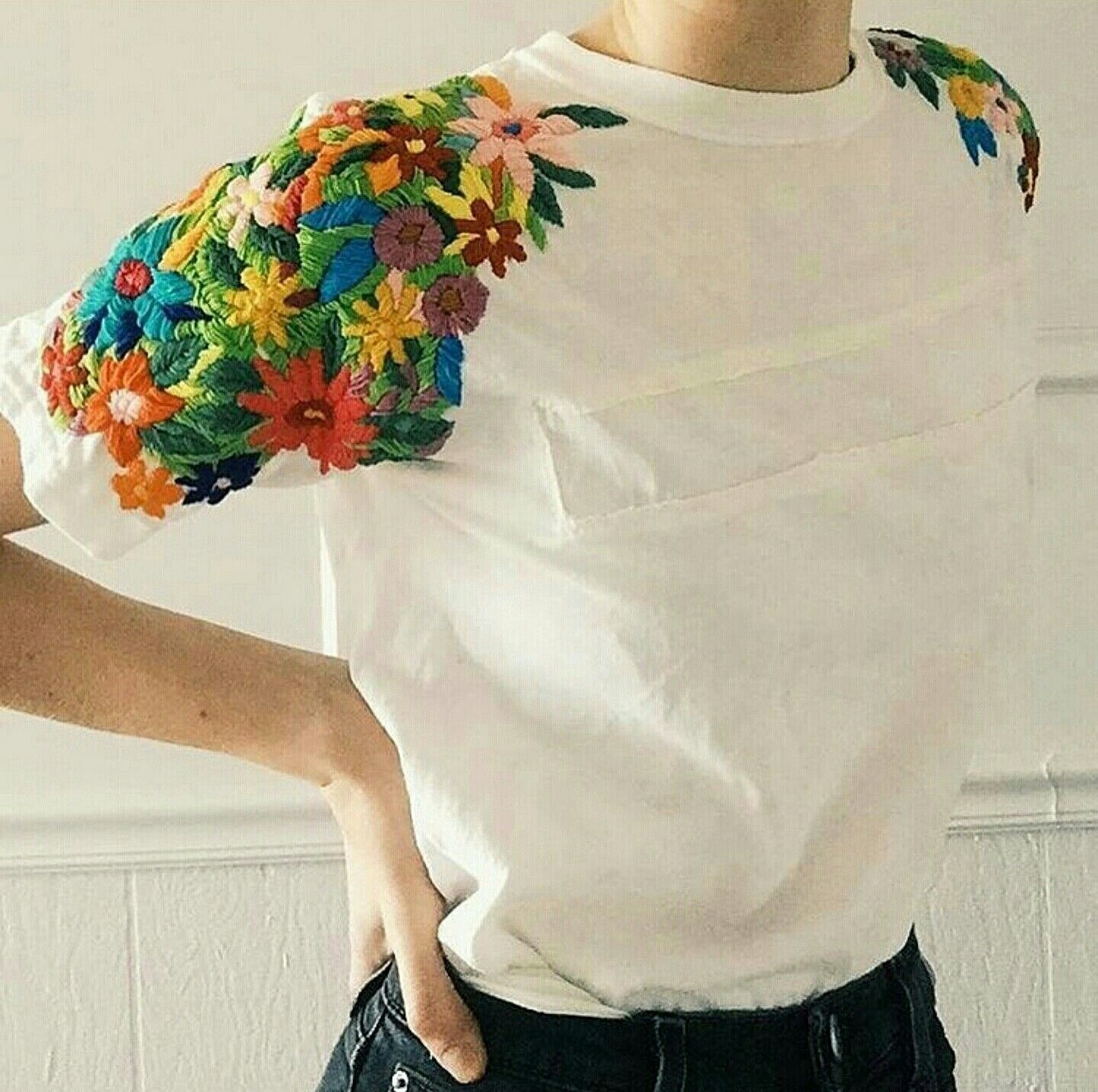
Machine embroidery technique of patterns allows to make canvases of both very small and large sizes (up to two meters), and also to work with numerous shades of threads. It is extremely difficult to do this by hand.
Important! The size depends on the type of material, its fluffiness and the quality of the fine details of the ornament or pattern.
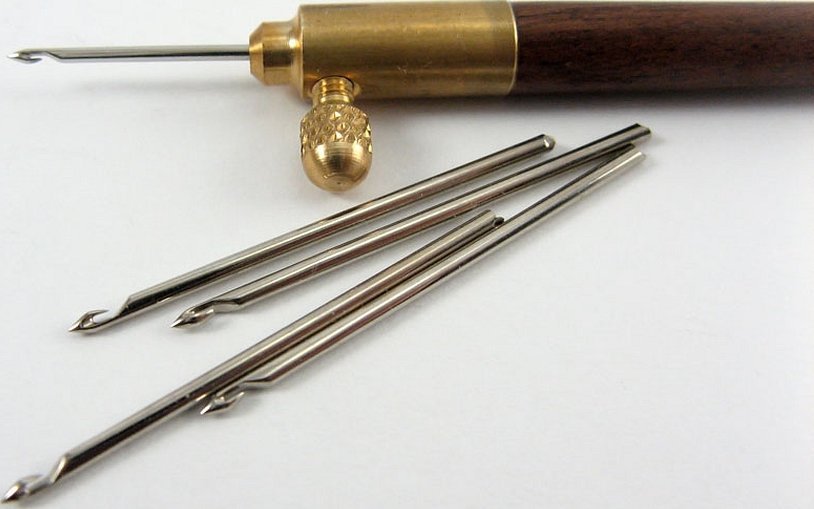
According to the rules, one canvas contains up to 12 different colors. This quantity can be increased, but the cost and resource intensity of such production will be higher. It is quite possible to embroider a photograph of a person on the basis of thin threads, and special threads that glow in the dark or in the sun create an interesting effect under different degrees of illumination. Even embroidery with gold or silver threads is possible.
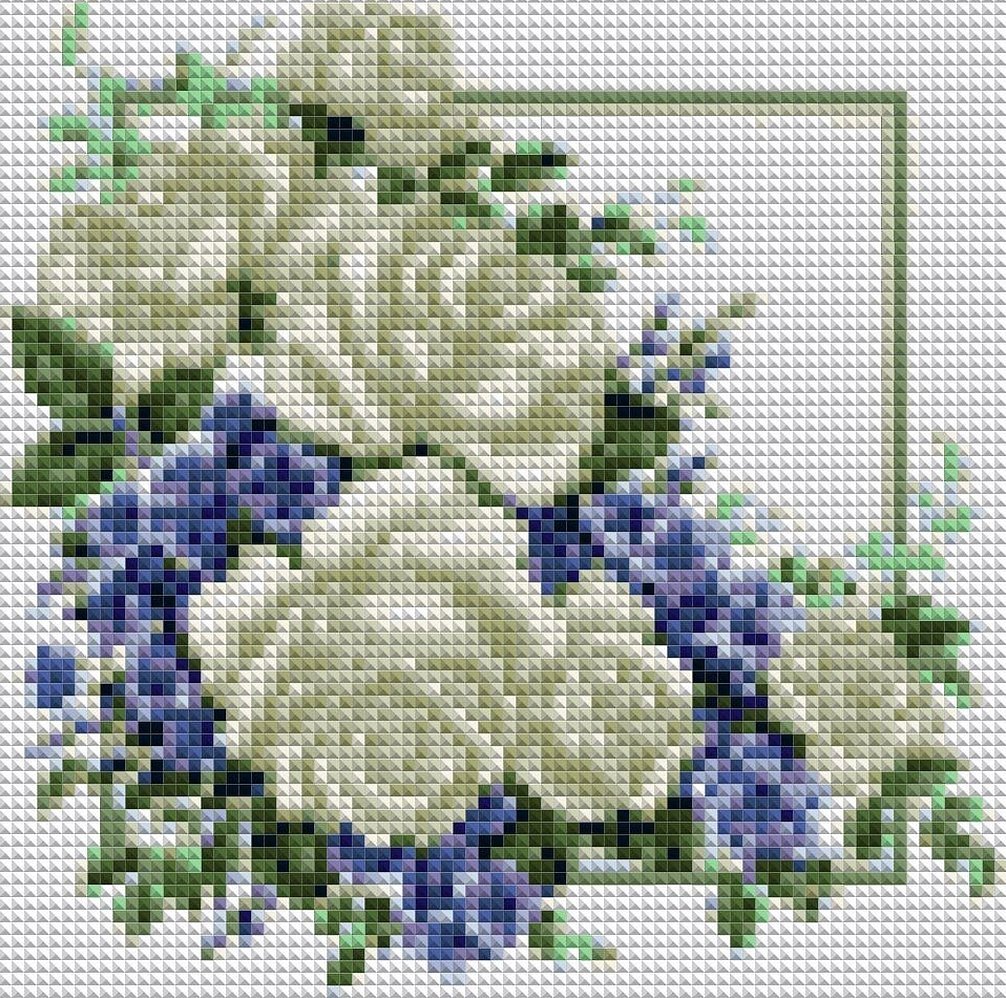
As for consumables, it is not always threads. This includes ribbons or cords. This is how the "3D" effect is achieved. The festive atmosphere and shine are decorated with sequins. Embroidery with beads or rhinestones is also considered an interesting option.
Materials required for work
If the embroidery is done by hand, then you can use almost any material and embroider with anything. In addition to the standard cross-stitch option, there are also beads. Such embroidery on silk or satin will look very beautiful. In addition to paintings, you can embroider dresses and other things with beads, both everyday and festive. You can embroider a three-dimensional pattern using ribbons and laces, and rhinestones will make it shine.
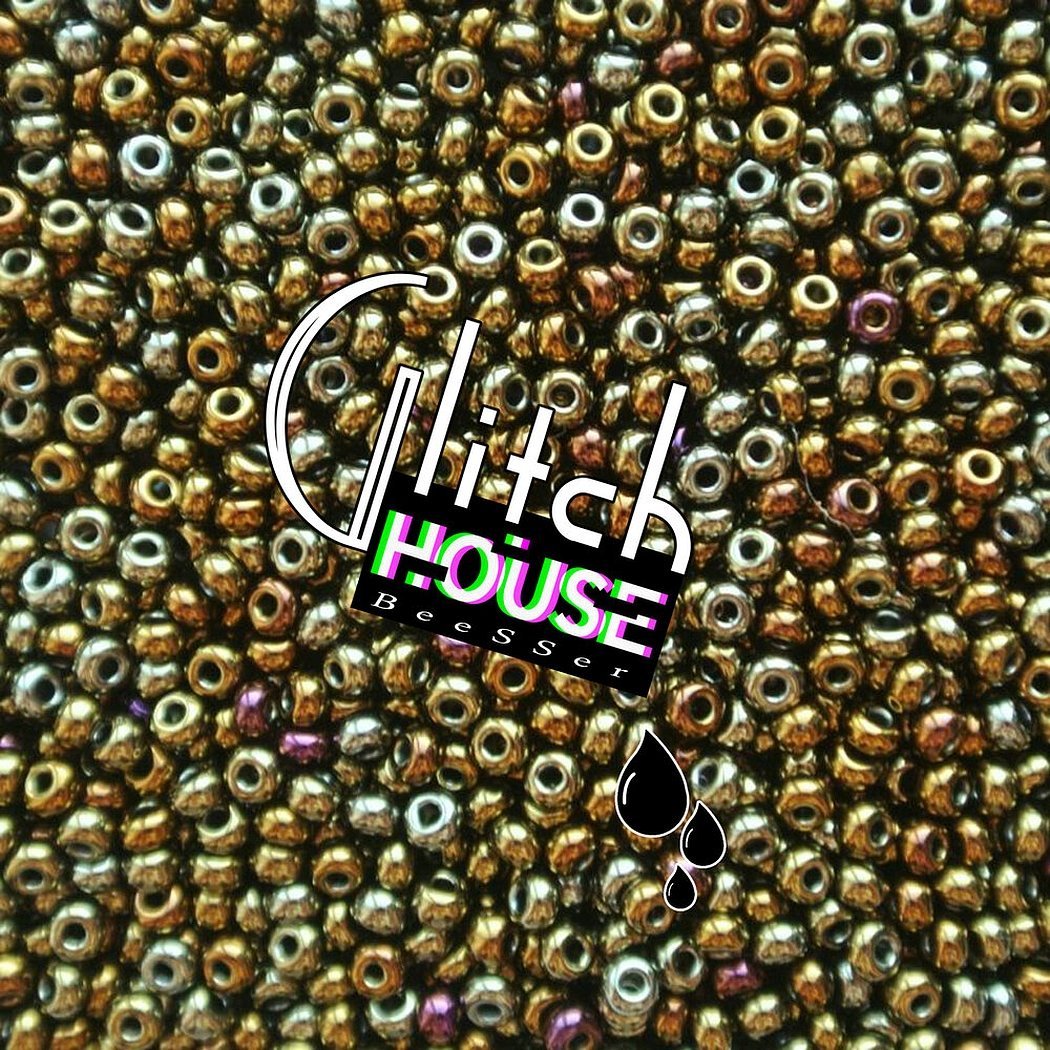
In general, for embroidery you will need:
- Any kind of canvas or fabric. The main thing is that it is comfortable.
- Materials for the embroidery itself (threads of various colors and textures, beads, ribbons, laces, etc.).
- Long needles for different types of materials and embroidery styles.
- Embroidery machine.
Important! This set should be enough to make simple paintings and patterns at both amateur and professional levels.
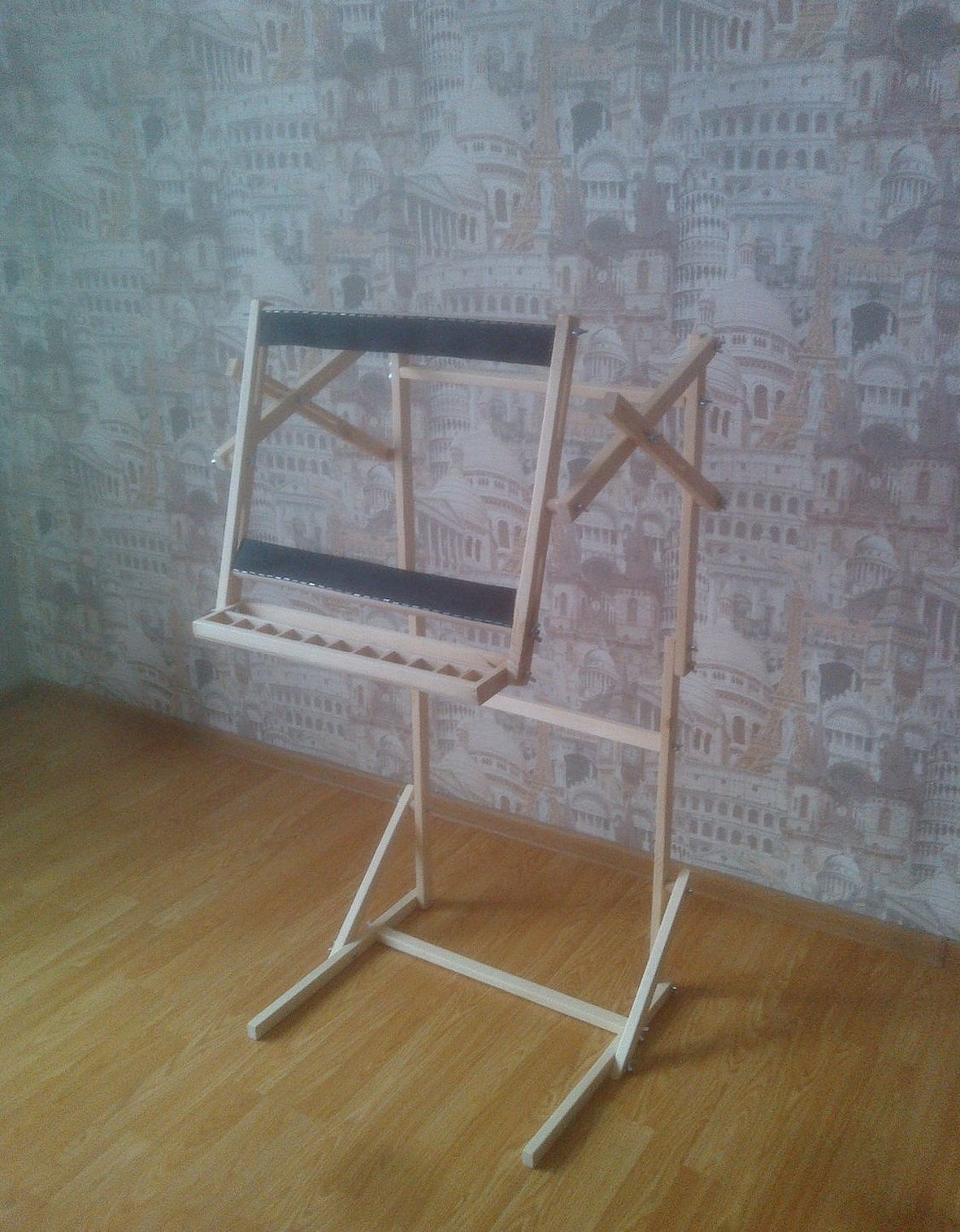
Types of patterns in embroidery
Over its long history, this handicraft has acquired many styles that differ in embroidery techniques, tools used, and the patterns themselves. The latter are divided by countries, regions, and continents of their invention. The most popular are: Russian folk embroidery, Ukrainian motifs, Celtic patterns, oriental ornaments, and even simple geometric shapes.
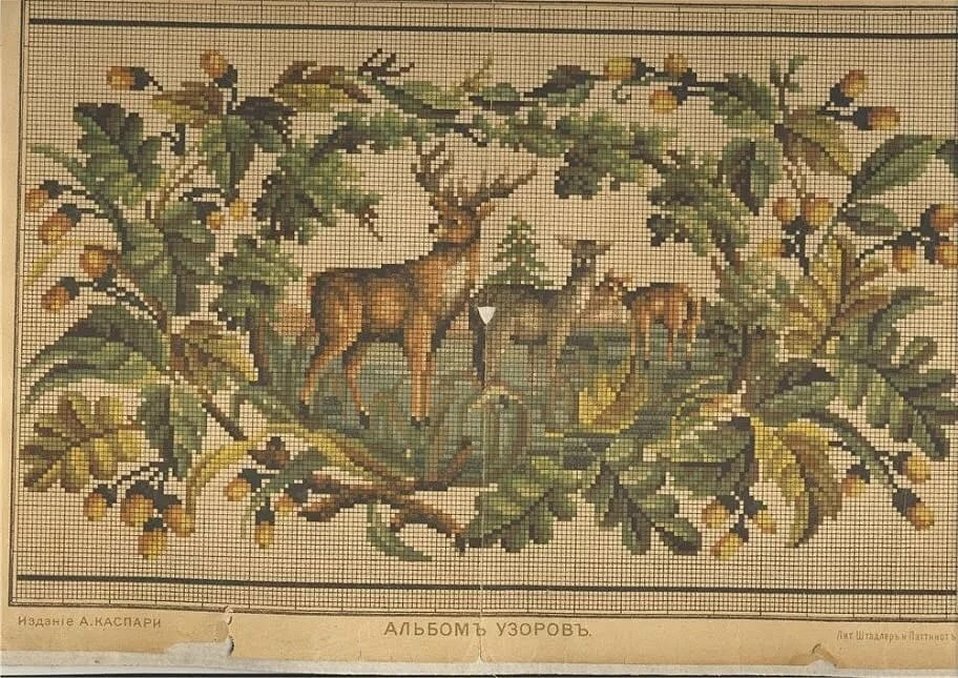
Russian pattern embroidery
The folk pattern of Russian people from its very inception possessed some sacred and magical properties. It was used as a talisman against evil spirits and misfortune, and as a talisman attracting good luck. After some time, these beliefs faded away and such a talisman was abandoned. Today, such Russian-Slavic ornaments are made mostly for jewelry and decorative elements. Often, it is this kind of embroidery that instills in people a love for their history and cultural characteristics.

Important! Several centuries ago, such a procedure on clothes was performed only with satin stitch. Later, pseudo-Russian cross-stitching appeared and began to be perceived by people as the original and older. This is fundamentally wrong.
Russian patterns are located on the hem, collar, cuffs. As you can see, these are the parts of the clothes that reveal the naked body. The technique is used even in modern wedding dresses and when decorating towels.
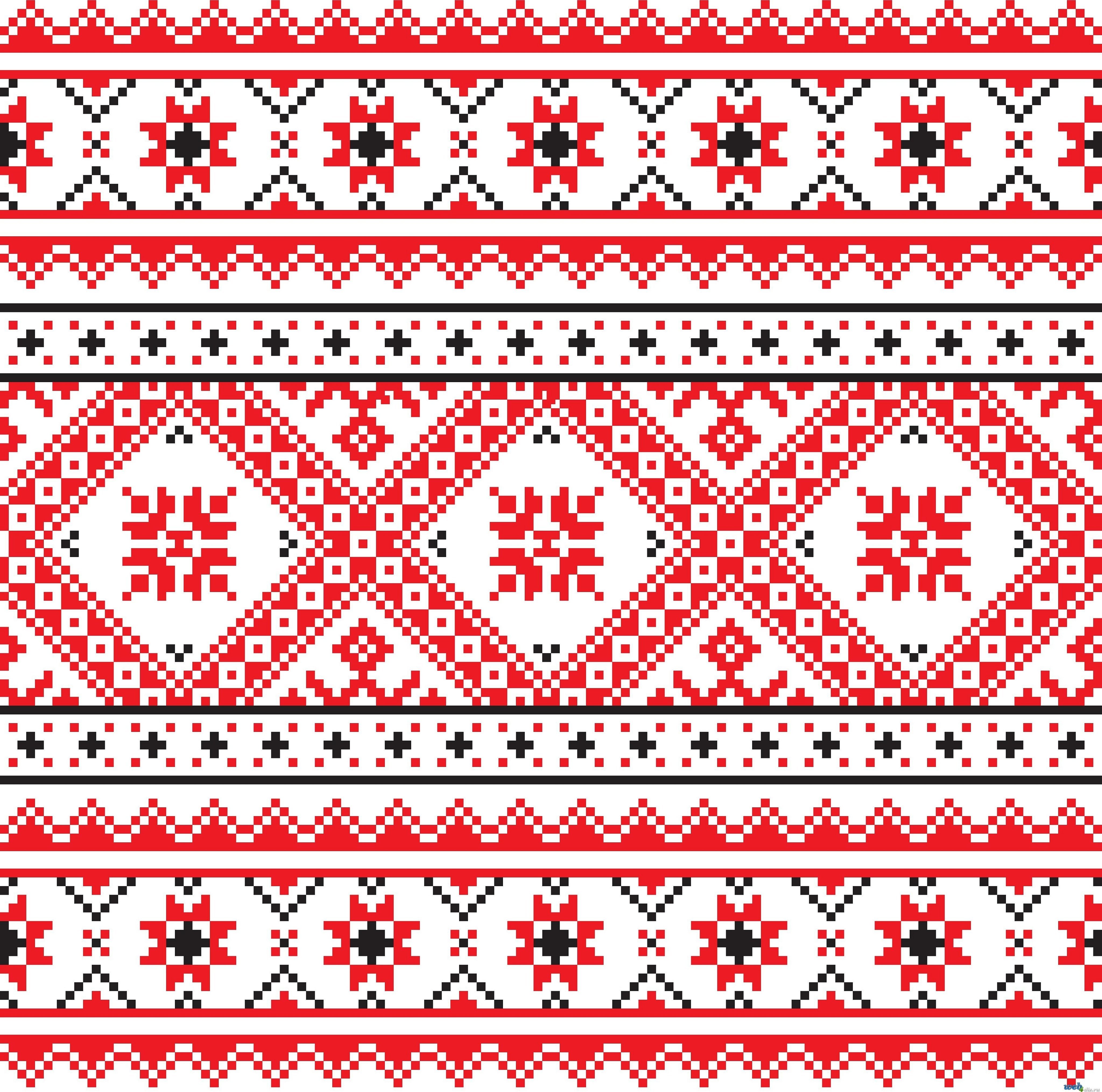
Ukrainian pattern embroidery
Ukrainian style embroidery is no less popular. According to history, Russian and Ukrainian techniques have the same Slavic roots. That is why it can be difficult to immediately determine that a person is wearing one style or another.
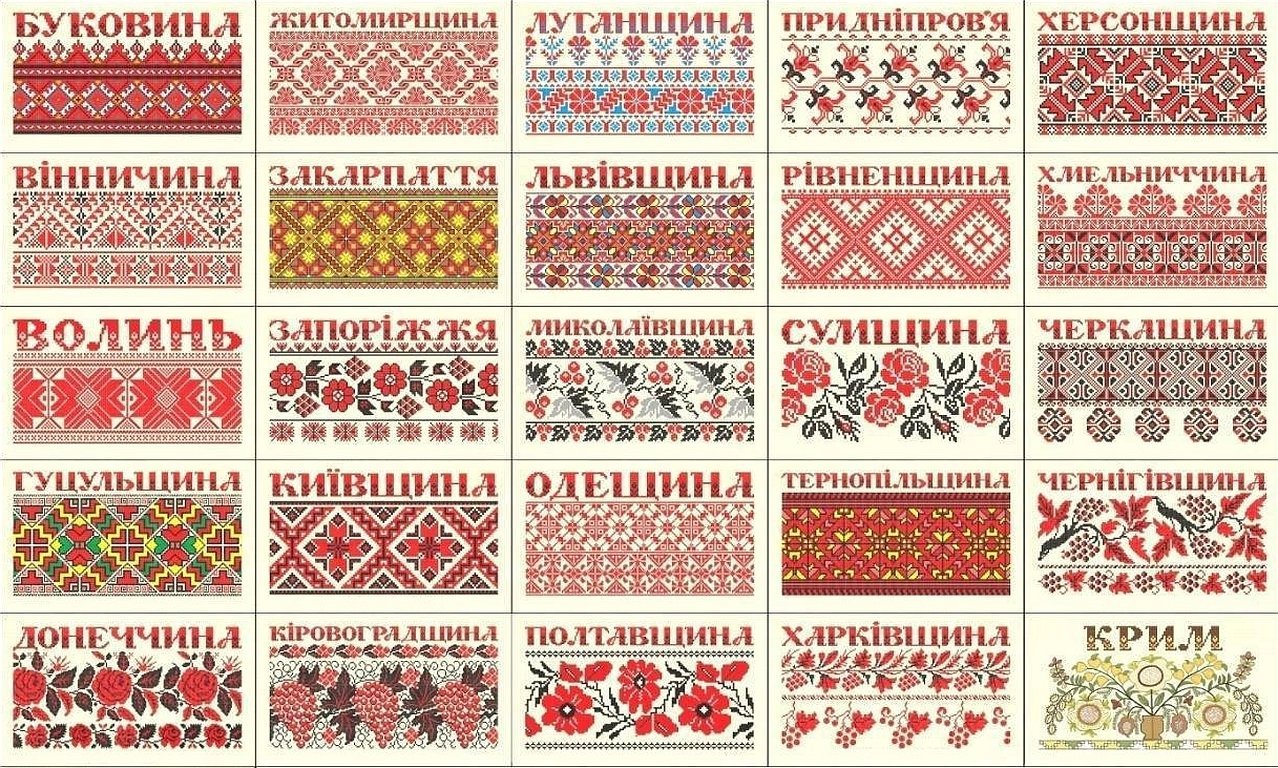
Exclusively Ukrainian motifs were also made using satin stitch using the following basic colors: white, blue and red. In modern times, this style is little in demand and is gradually being replaced by various variations with the addition of other techniques, patterns and thread colors. This, of course, has nothing in common with the traditional version, but it complements it in an original way.
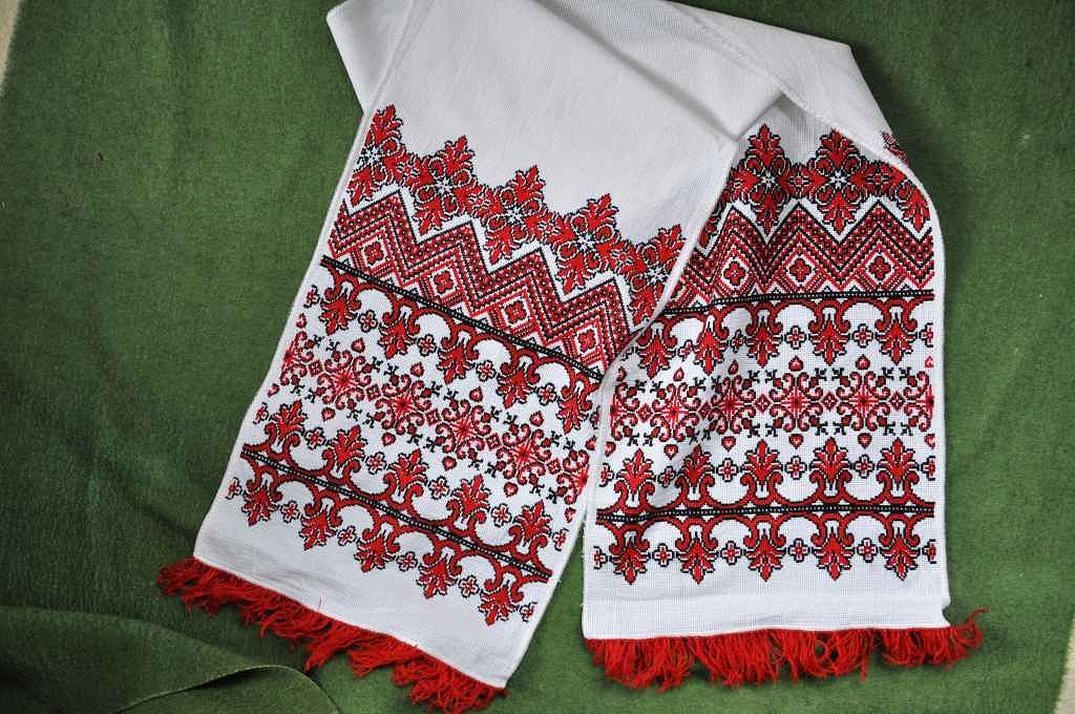
Oriental patterns for embroidery
The motifs from the East are particularly diverse. They depend on the philosophical worldviews of the country, its culture and other features. For example, embroideries from Tatarstan are bright and colorful, using images of flowers.
The ornaments of India and China are special. They were often made of henna, and gold or silver threads emphasized the nobility and originality of the craftsmen's work on a dark, dull background. Today they are often used for embroidery on knitted items.
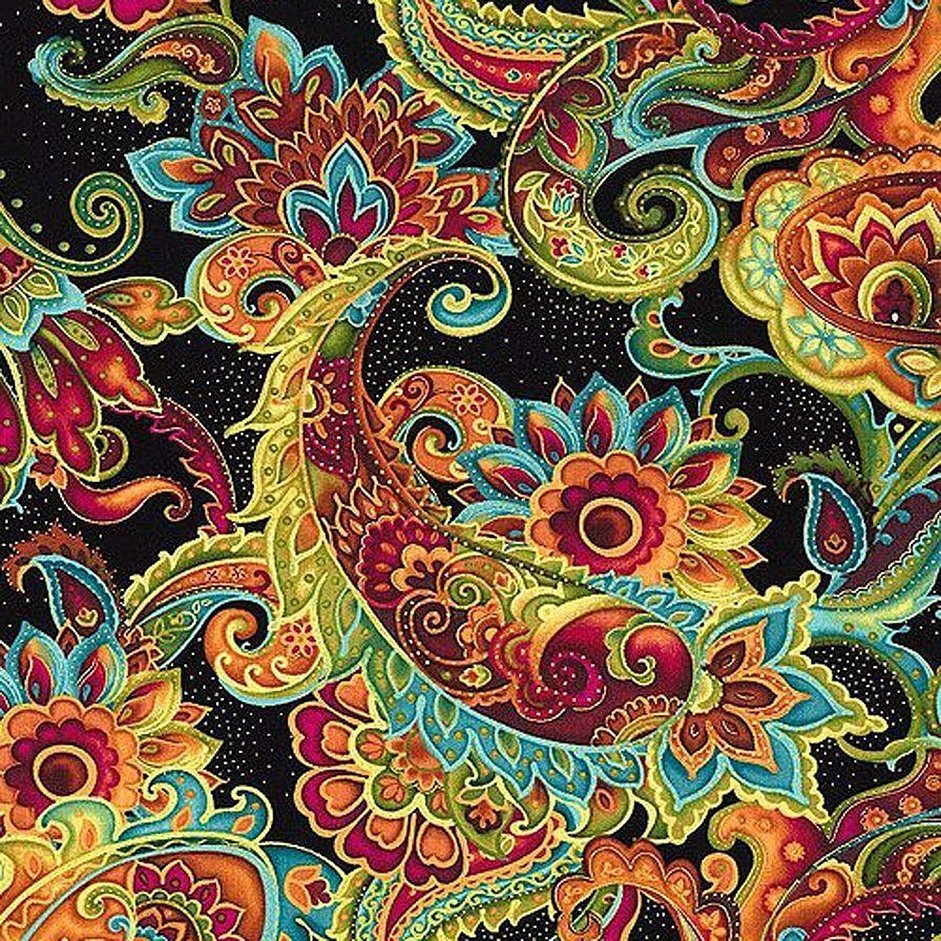
Celtic pattern embroidery
It is very much loved by people who are fans of the genre of "fantasy". This is a very old style, which is based on absolutely even and symmetrical patterns, creating unique Celtic ornaments. Very often, the Celts resorted to embroidering plants, as well as flowers, trees, around which their culture is based.
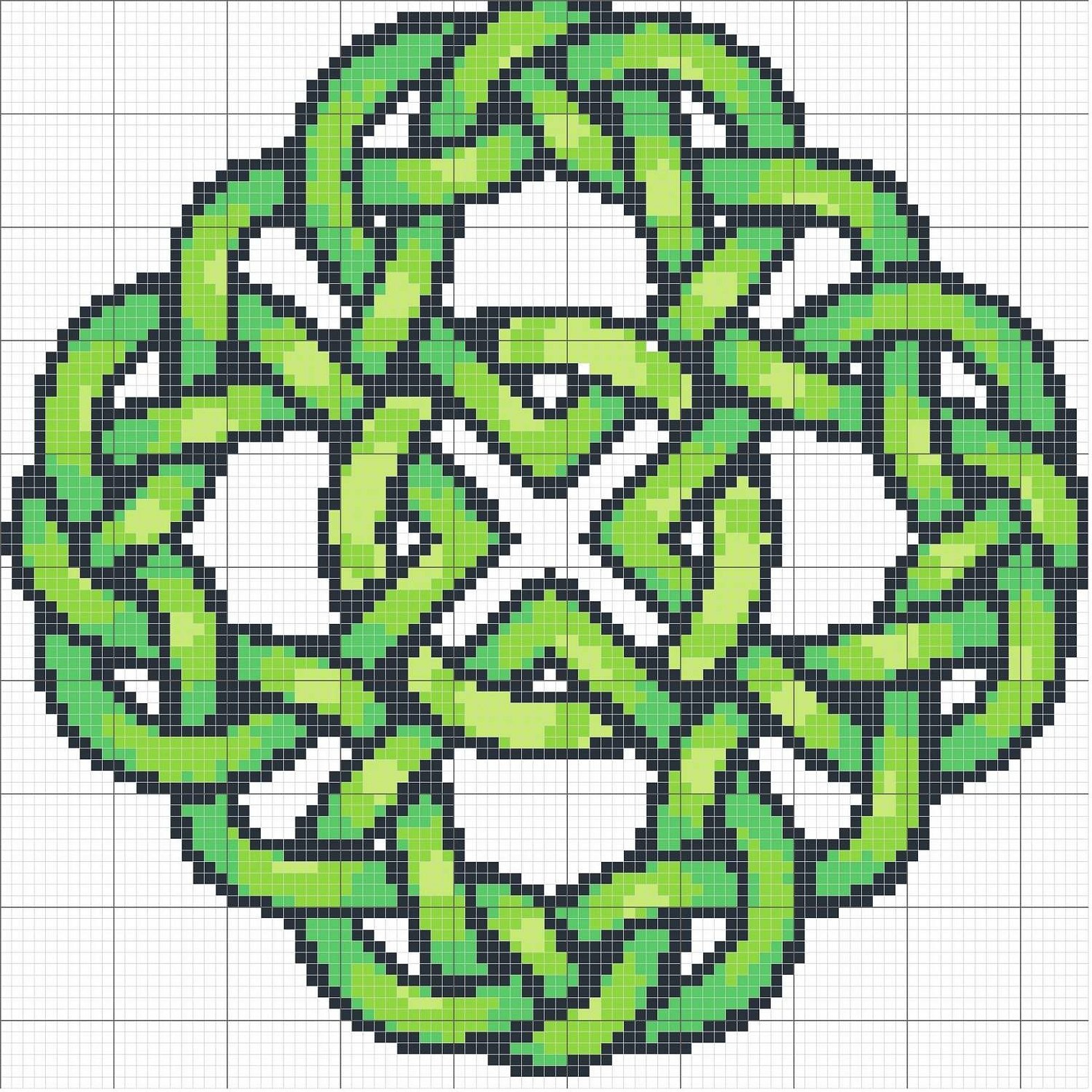
The pattern depicting vegetation is not always Celtic, as such bright floral motifs are characteristic of many nationalities and countries.

Ethnic pattern in embroidery
This style was practically unpopular until recently, namely until the emergence of the "boho" technique. It was then that it experienced its second birth. Indians, their deities and all sorts of feather patterns are often depicted in it. It also exists in the northern regions. For example, Scandinavians draw deer, fir trees and snow pictures in this style.
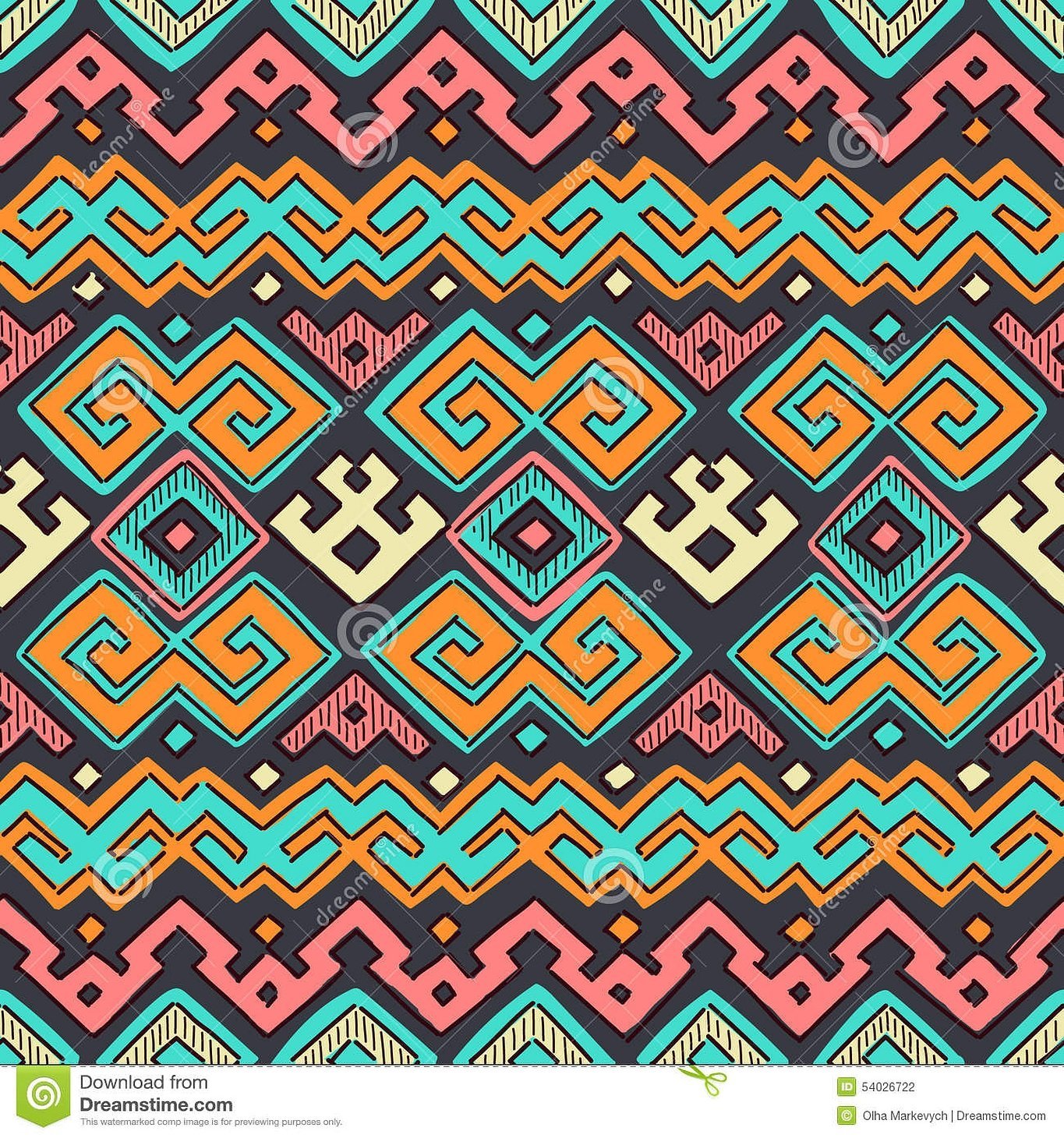
It is also worth paying attention to the patterns from Mexico, which are distinguished by their colorfulness and brightness. They began to appear everywhere as prints on T-shirts and other things. Other ethnic groups are also not lagging behind and are gaining popularity at a rapid pace.
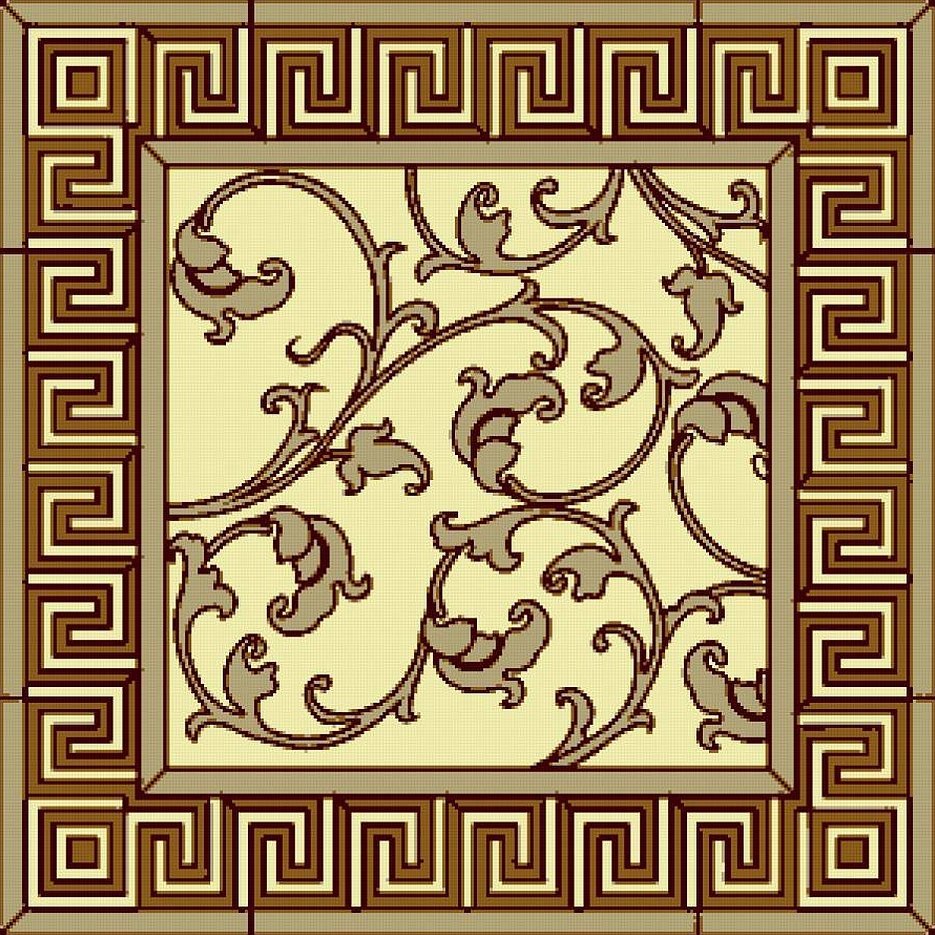
Geometric patterns for embroidery
This does not belong to any particular country, as the embroidery of geometric figures and patterns has been performed by many nations of the world in their time and now. Thus, some Eastern countries prohibit the embroidery of images of people, animals and even vegetation in the form of flowers and trees. All sorts of figures of squares, triangles and curls came to the rescue. Experienced craftsmen alternate measured and symmetrical lines to create unique ornaments that can instantly transfer the viewer to the eastern region.

Very often such patterns are used to decorate icons of saints and paintings as a decorative element around them or a frame. As an example, we can cite the world-famous pattern of Greek origin - meander. It is based on a consistent and precise alternation of square spirals.

In addition to these, ovals, circles, triangles and even zigzag motifs are also used. Scandinavian patterns feature diamonds and stylized images of forks. This is used in embroidery on children's knitted clothing, giving it a unique look and original pattern.
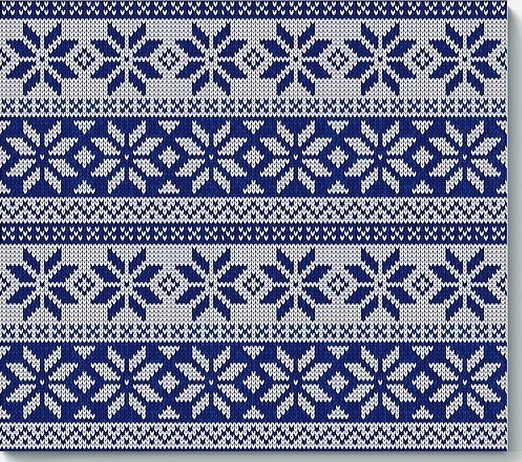
Embroidery of patterns on clothes
As has been said, today it is possible to embroider a design of any complexity on almost any material (from silk and organza to leather goods and denim) using various methods. You can choose to work on ready-made items, on a piece of textile or even on a cut.
Some of the most beautiful patterns are those using additional decorative elements. For example, by gluing rhinestones to a drawing, you can not only increase its contrast, but also complete the design of the item. Machine embroidery with special sequins is also possible, which shimmer beautifully in the light and sparkle in the sun.
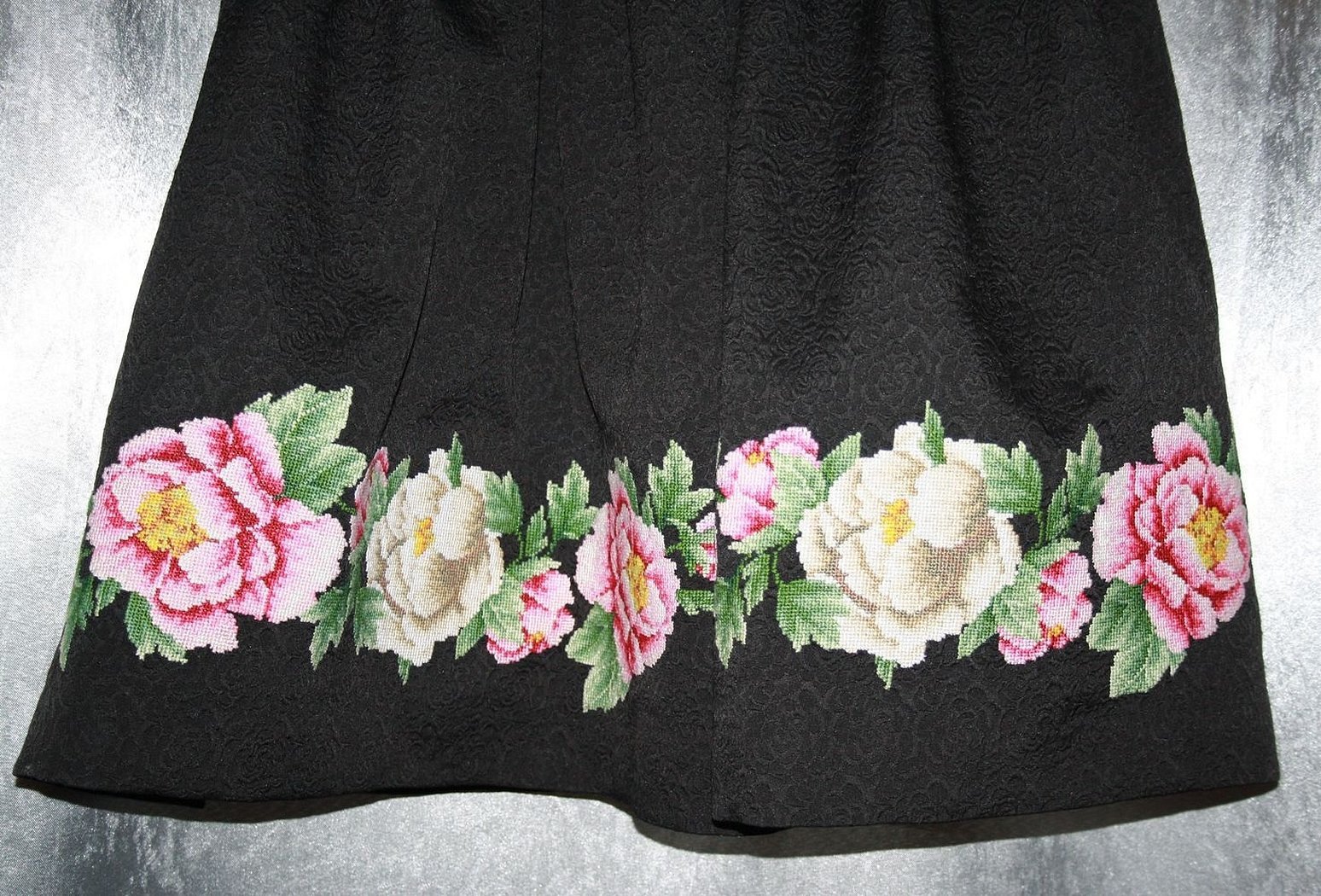
If a person is interested in a three-dimensional version of embroidery, then here, as never before, machines come to the rescue, allowing you to make entire pictures using beads, silk or satin ribbons or simple cords.
Important! It is possible to order embroidery on a person’s ready-made, clean clothes, or you can order an original item to be sewn and then apply your favorite picture to it using one of the techniques.
Thus, we have considered what cross stitch is, patterns, diagrams of different styles, and also what techniques are popular at the moment.




